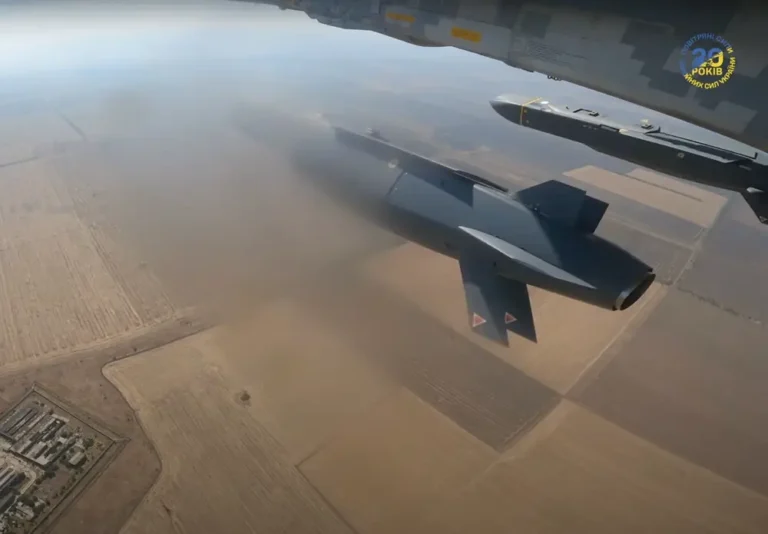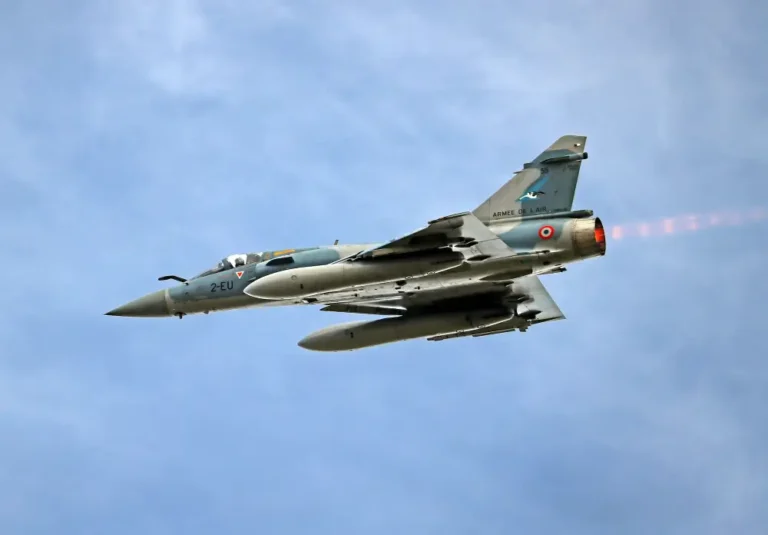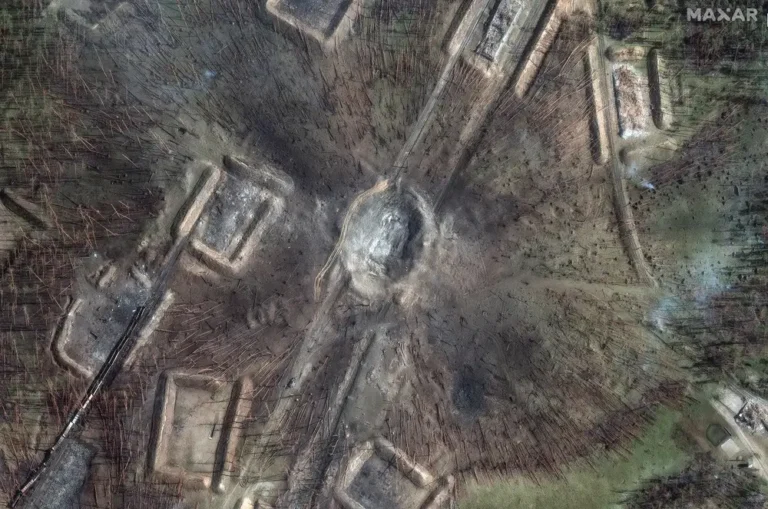Israeli strikes dealt a serious blow to Iran’s missile operations but far from destroyed them
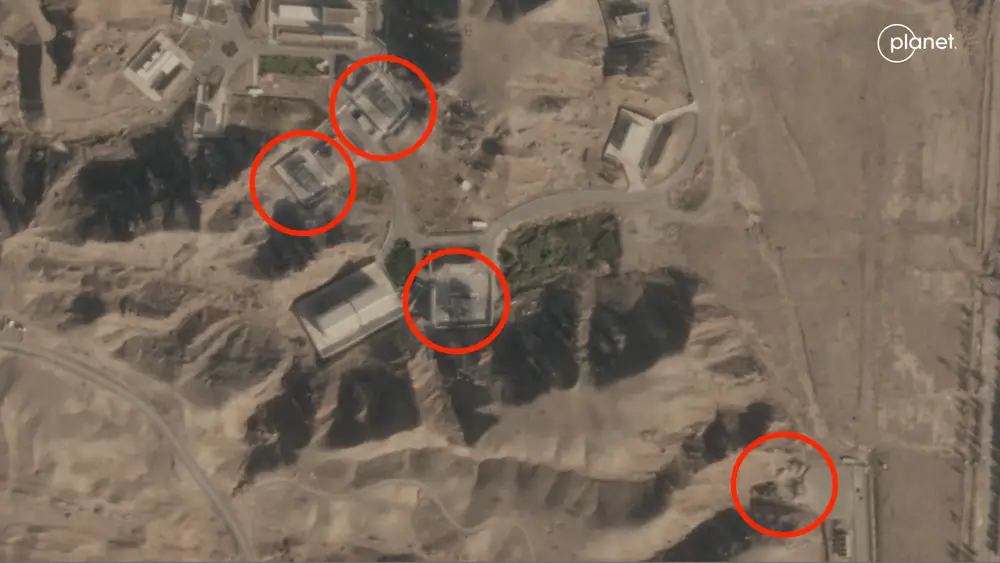
Damaged buildings at the Parchin facility on October 27.
Satellite images show that Israel’s retaliatory strikes against Iran on Saturday caused damage at military installations linked to Tehran’s missile program.
Officials and analysts say the Israeli attack will have some impact on Iranian missile manufacturing operations, but the strikes may fall short of rendering them completely ineffective or having significant longer-term effects.
Israeli fighter aircraft executed what the military described as “targeted and precise strikes” on several military targets across Iran, including missile-manufacturing facilities and air-defense systems, early Saturday morning local time.
The strikes were a long-awaited response to Iran’s massive ballistic missile attack against Israel on October 1, the second such attack this year. Officials repeatedly signaled in the weeks following the attack that a punishing retaliation was imminent.
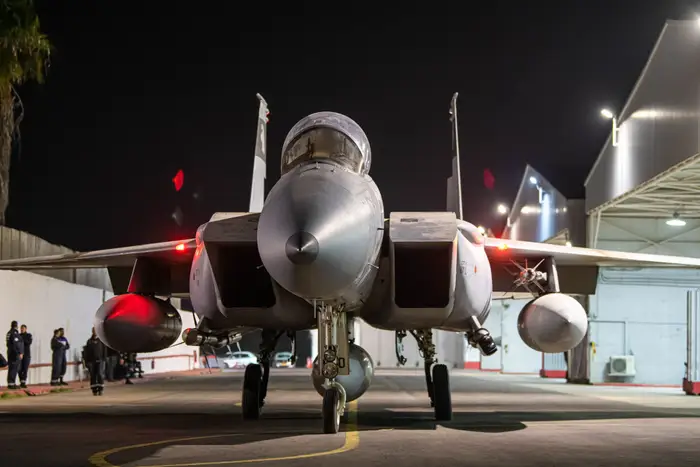
An Israeli Air Force fighter jet prepares for departure to carry out strikes in Iran.
Iran acknowledged that it suffered damage because of the strikes on Saturday and even noted that a few soldiers were killed in the attack. But it remains less clear how much Israel has degraded Tehran’s missile program, which appears to have been a goal of the retaliation.
Israeli Defense Minister Yoav Gallant said after the recent strikes that “the enemy has been weakened — both in its ability to produce missiles and in its ability to defend itself. This changes the balance of power.”
Satellite images captured over the weekend by Planet Labs PBC and obtained by B-17 reveal damage at the Parchin and Khojir military bases — two sites near Tehran long associated with its missile-making operations — after the Israeli strikes.
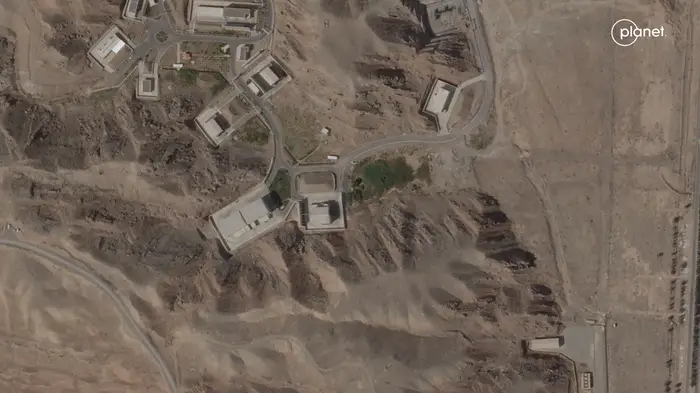
Iran’s Parchin facility on September 9.

Damaged buildings at the Parchin facility on October 27.
Farzin Nadimi, a senior fellow at The Washington Institute for Near East Policy and an expert in Iranian security and defense affairs, told B-17 the Israeli strikes on Parchin and Khojir, as well as a facility near Shahroud, destroyed buildings associated with missile assembly and solid propellant fabrication.
However, Nadimi said Iran’s missile industry is large, dispersed, and hardened underground. The Israeli strikes “can only delay certain processes for weeks or months at best,” he said, adding that follow-up strikes likely three times as large would be needed to have lasting effects.

Iran’s Khojir facility on October 22.

Damaged buildings at the Khojir facility on October 26.
Nadimi said that since Iran has massive missile stocks, “it will take time before the result of such precise, but still pinprick, strikes on missile industries will be felt.”
Conflict analysts at the Institute for the Study of War, a Washington-based think tank, wrote in a Sunday assessment of the strikes that Israel targeted mixing machines used to make fuel for ballistic missiles at the sites and said it would likely take months for Iran to get new equipment. ISW previously said such an attack could disrupt Iran’s ability to produce missiles for attacks on Israel or to send abroad to Russia its proxies.
Michael Allen, who served as the senior director for counter-proliferation strategy at the National Security Council during the Bush administration, told B-17 that Israel went after “critical but vulnerable” places in Iran’s missile supply chain, which could have medium- to long-term effects.
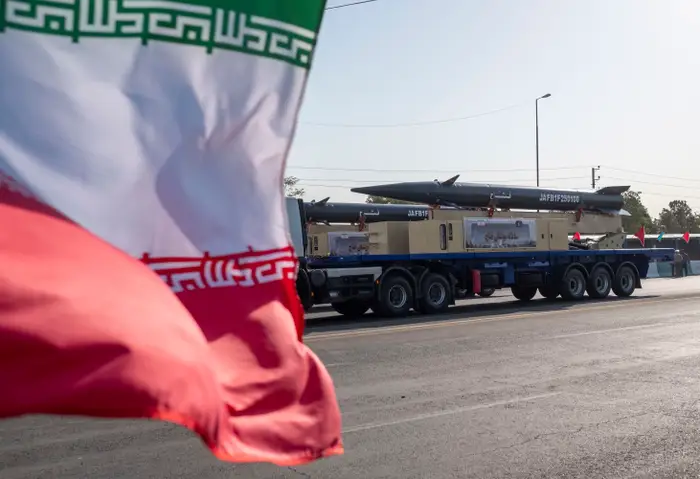
An Iranian ballistic missile is carried by a truck during a military parade in Tehran last month.
Allen said ballistic missiles had long been at the top of the list when assessing Iran’s comparative advantages. He said that the Israeli strikes are “really changing the strategic assessment of what kind of threat Iran poses going forward beyond its proxies and what Israel is able to do going forward.”
While questions still remain about the long-term impact of the Israeli strikes on Iran’s missile production operation, the effects on its air-defense network are clearer, with Israel having hit several of the Russian-made S-300 systems that Tehran operates.
Gallant, the Israeli defense minister, said “accurate strikes” on Iran’s radars and air-defense systems create “a huge disadvantage for the enemy when we will want to strike later,” suggesting that the military may take advantage of the situation with follow-on action.
Security analysts at the Royal United Services Institute, a UK-based think tank, wrote in a Monday assessment that the strikes “exposed Iran’s vulnerabilities,” especially through “the apparent degradation” of its air-defense network.

